Features > Property News & Insights > Market updates
What’s driving Brisbane’s million-dollar house prices?
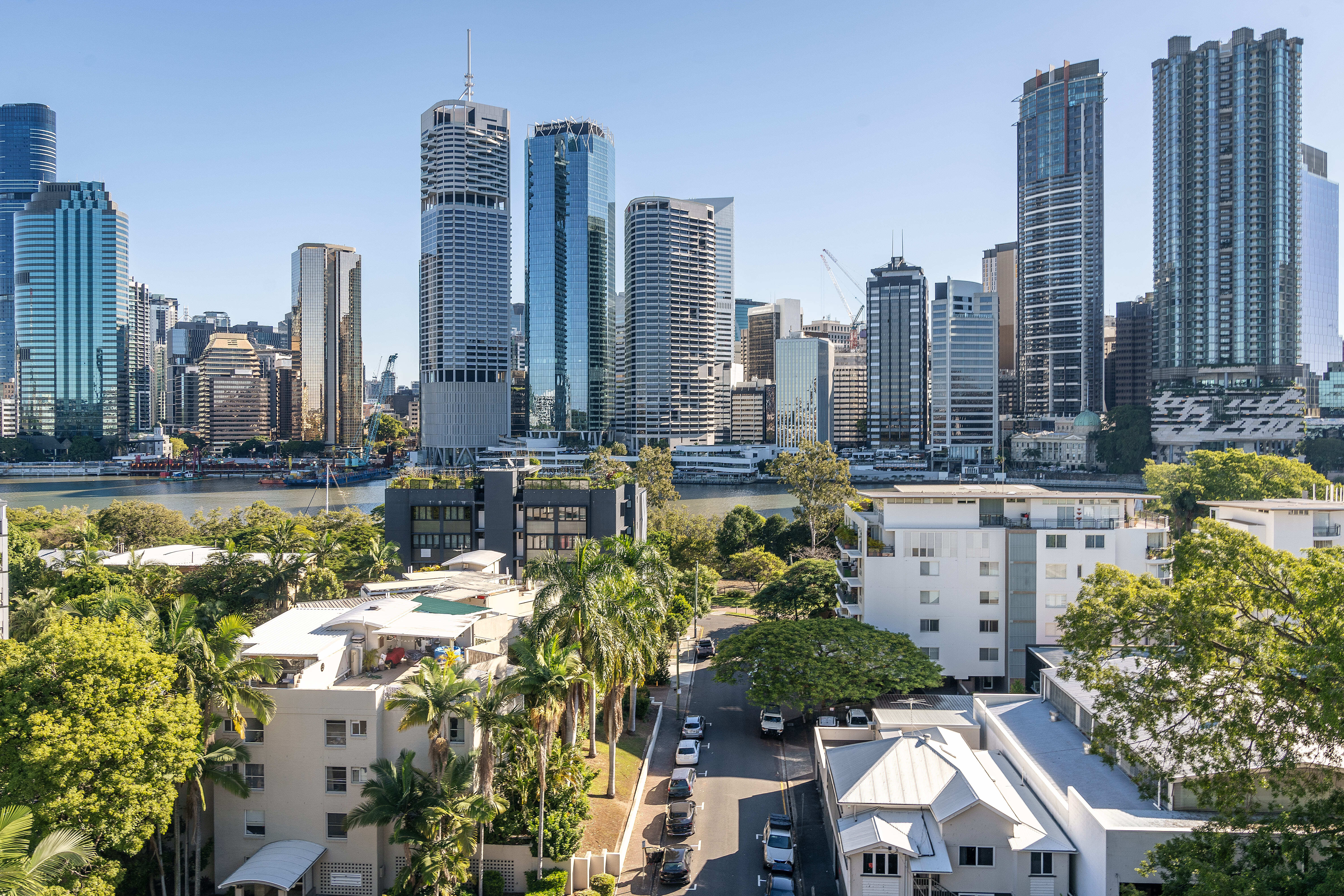
KEY POINTS
- Brisbane’s median house price hit $1,011,000 in June 2025, up 81% in five years from $558,000, now second only to Sydney and ahead of Melbourne and Canberra
- Strong population growth, driven by interstate migration, created demand for 94,000 new homes between 2020 and 2024, but only 88,000 were built, pushing prices higher
- Despite continued growth, affordability pressures are beginning to bite, with quarterly price growth slowing
Brisbane recently cemented its place in Australia’s elite property club, with median house values surpassing the million-dollar mark for the first time.
According to Cotality (formerly CoreLogic), the city’s median house value hit $1,006,000 in May 2025 and rose again in June to $1,011,000 - marking a dramatic rise from $558,000 just five years ago.
This milestone puts Brisbane behind only Sydney in terms of capital city house prices and ahead of traditional heavyweights like Melbourne and Canberra.
It’s a significant shift in the national housing landscape, driven by population surges, migration trends, and supply constraints that have reshaped the dynamics of southeast Queensland.
Market on the move
“Brisbane is now firmly in the million-dollar house market,” says Eliza Owen, Head of Research at Cotality.
“This is the result of sustained value growth since the early days of the COVID-19 pandemic.”
Over the past five years, Brisbane house values have risen an astonishing 76.1%, according to Cotality’s Home Value Index.
During the same period, the city’s median house price climbed $453,000 - from $558,000 in June 2020 - to $1,011,000 in June 2025, an 81.2% uplift.
Though Sydney still commands the highest house values, with a near-record $549,000 gap over Brisbane, the Queensland capital is showing remarkable upward mobility.
Migration boom fuels demand
A key force behind Brisbane’s housing surge has been migration, both from interstate and overseas.
Between June 2020 and June 2024, Greater Brisbane’s population ballooned by 9.2%, or roughly 235,000 people.
That’s well above the national growth rate of 6% over the same period.
“Queensland has seen an unusually high level of interstate migration,” Ms Owen says.
“More people are arriving from other states than leaving, and that’s been a game-changer for Brisbane’s housing market.”
Assuming an average household size of 2.5 people, Ms Owen says Brisbane’s population growth alone created demand for nearly 94,000 new dwellings over four years.
However, estimated housing completions in the city over the same period came in at approximately 88,000.
That housing shortfall has helped drive price growth and fuel buyer urgency.
But Cotality’s Eliza Owen says the attraction of Brisbane isn’t just about affordability.
The Queensland capital’s warmer climate, lifestyle appeal, and lower population density gained appeal during the pandemic, as people fled the southern capitals in search of more space and a change in pace.
Extended lockdowns and COVID-19 restrictions in Melbourne and, to a lesser extent, Sydney, helped fuel the rush north.
“Brisbane started the pandemic with a more affordable housing base than Sydney or Melbourne,” Eliza Owen says, “but its lifestyle offering and economic resilience have helped turn it into one of Australia’s most desirable housing markets.”
Economic momentum
Queensland’s strong economy has also played a role in fuelling housing demand.
The state has consistently outperformed others on measures like job creation and state final demand, contributing to stronger consumer confidence and housing activity.
“Population growth and job creation create a kind of virtuous cycle,” Ms Owen explains, “as more people move to Queensland and find work, they also contribute to economic demand, which supports further growth in housing values.”
However, she says rapid growth is not without consequences.
Brisbane’s affordability advantage has eroded significantly.
The city’s median house price is now about $63,000 higher than Melbourne’s and around $30,000 above Canberra’s, putting more pressure on buyers.
Growth slows as affordability tightens
Though Brisbane house prices continue to rise, there are signs the pace of growth is moderating.
In the June quarter of 2025, Cotality says house values increased by 1.9% - a solid result, but well below the 3.5% growth recorded in the June quarter of 2024 and far from the pandemic peak of 10.2% seen in late 2021.
“The slowdown reflects growing affordability constraints,” Ms Owen says.
“Brisbane is no longer the bargain it once was.
“That could gradually start to dissuade interstate movers and first-home buyers.”
With values at all-time highs and mortgage rates still elevated, households are increasingly stretched, and competition in the market may begin to ease.
But for now, Brisbane’s rise to million-dollar status underscores the city’s transformation into a property powerhouse.
“Brisbane’s long period of underperformance before the pandemic gave it room to catch up,” notes Eliza Owen.
“Now, with limited supply, strong demand, and solid economic fundamentals, the city’s housing market is entering a new era.”
Stay Up to Date
with the Latest Australian Property News, Insights & Education.




.png?width=292&height=292&name=Copy%20Link%20(1).png)
 SIGN UP FOR FREE NEWSLETTER
SIGN UP FOR FREE NEWSLETTER
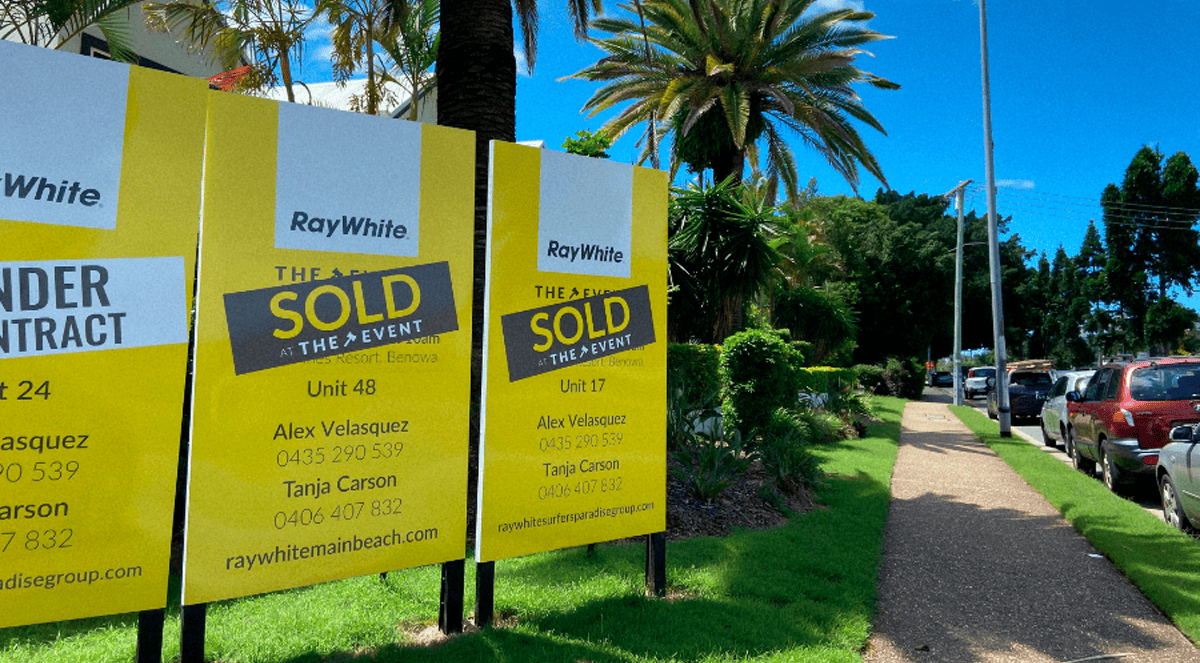
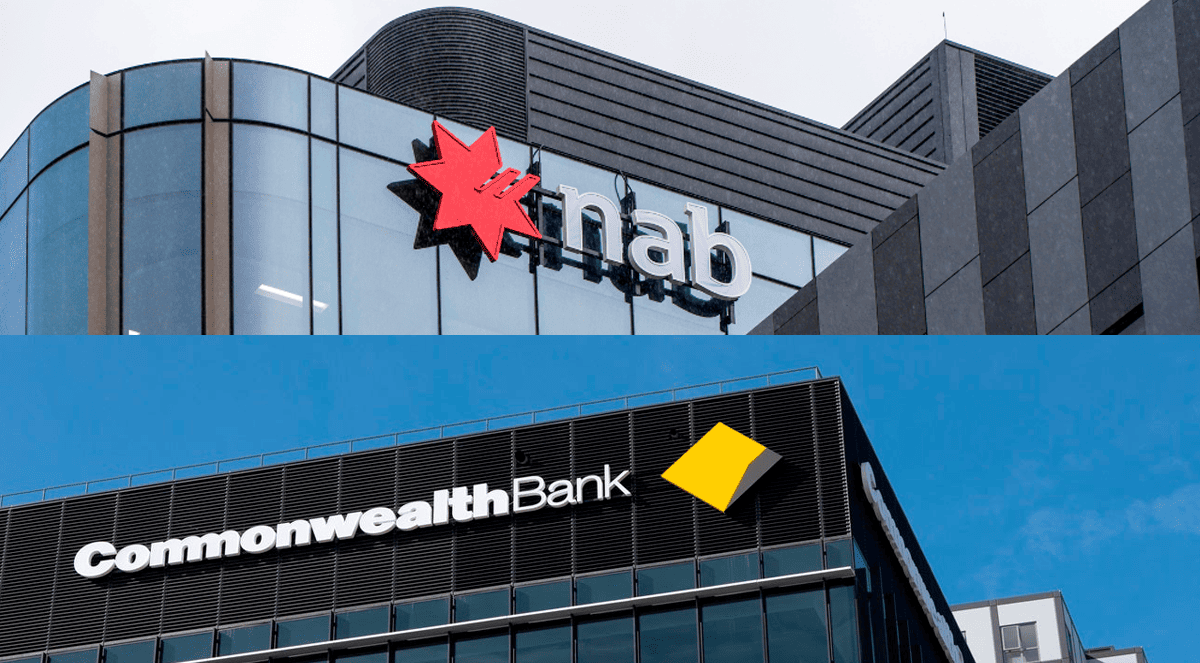
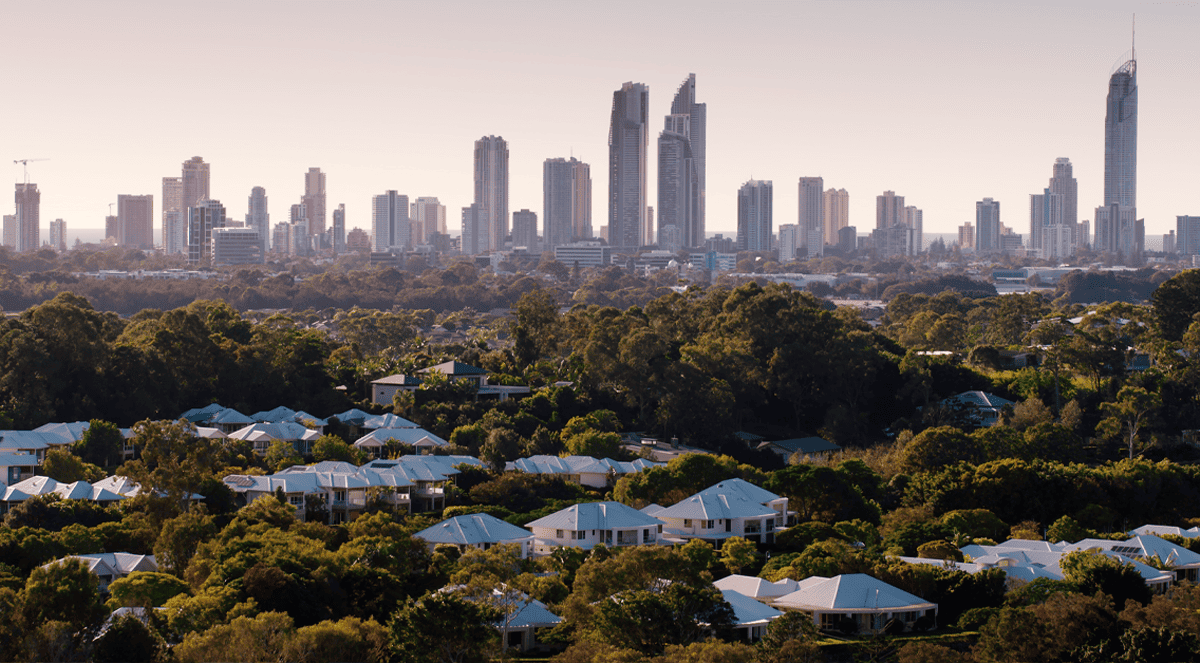
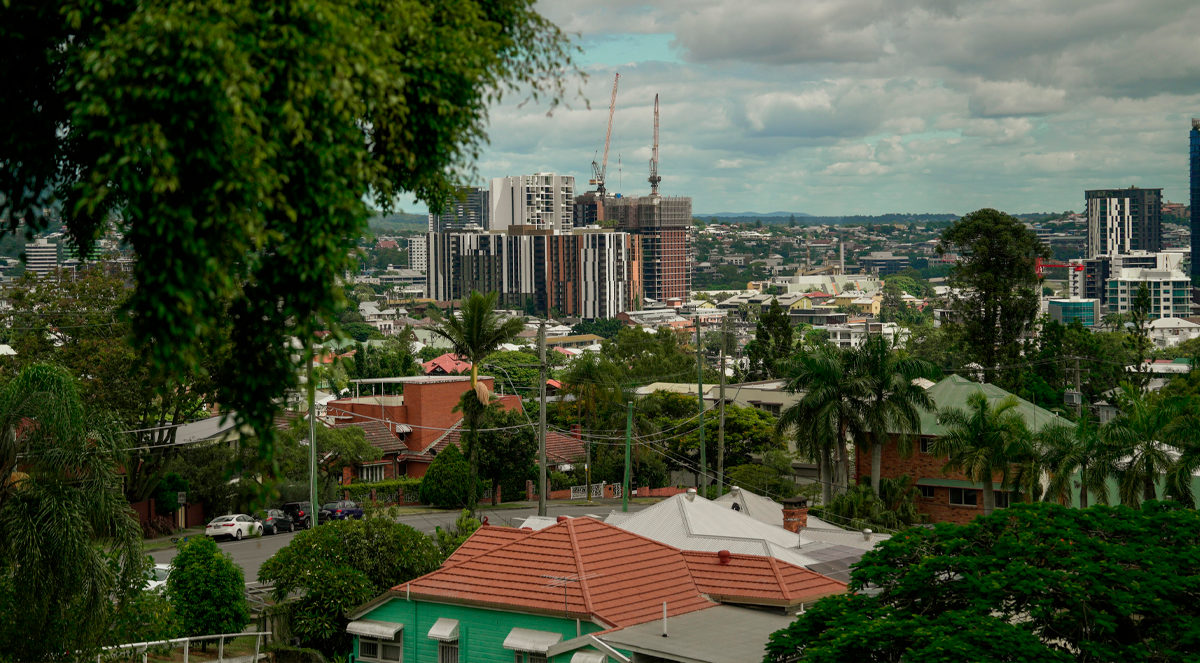
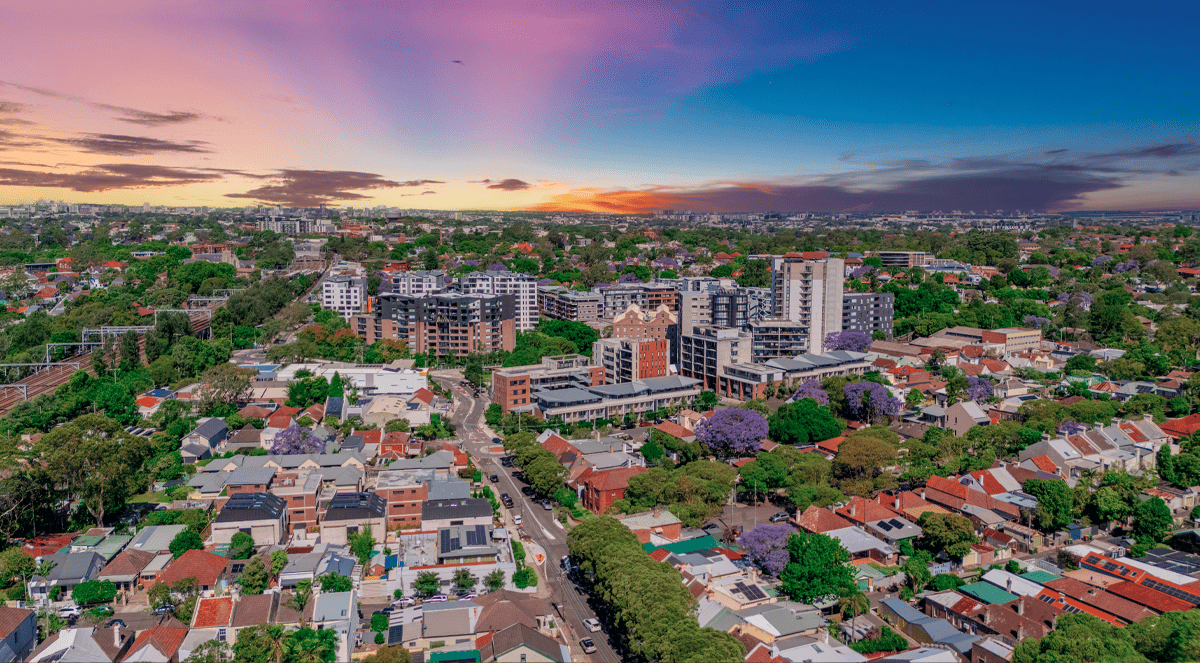
.jpg?width=1920&height=1080&name=Warning%2c%20You%20Might%20Be%20Facing%20Higher%20Taxes%20Soon%20(1).jpg)





.png?width=1920&height=1080&name=Rate%20Drops%20Signal%20BIGGEST%20Property%20Boom%20in%20DECADES%20(1).png)

.jpg?width=1920&height=1080&name=Labor%20vs%20Liberal%20These%20Housing%20Policies%20Could%20Change%20the%20Property%20Market%20Forever%20(1).jpg)
.jpg?width=1920&height=1080&name=QLD%20Slashes%20Stamp%20Duty%20Big%20News%20for%20Investors%20%26%20Home%20Buyers%20(1).jpg)
.jpg?width=1920&height=1080&name=Trump%20Just%20Slapped%20Tariffs%20%E2%80%93%20Here%E2%80%99s%20What%20It%20Means%20for%20Australia%20(1).jpg)
.jpg?width=1920&height=1080&name=Federal%20Budget%202025%20More%20Debt%2c%20No%20Housing%20%E2%80%93%20Here%E2%80%99s%20What%20You%20Need%20to%20Know%20(1).jpg)
.jpg?width=1920&height=1080&name=Australias%20Housing%20Crisis%20is%20about%20to%20get%20MUCH%20Worse%20(New%20Data%20Warns).jpg)
%20(1).jpg?width=1920&height=1080&name=Australias%20RENTAL%20CRISIS%20Hits%20ROCK%20BOTTOM!%20(2025%20Update)%20(1).jpg)
%20(1).png?width=1920&height=1080&name=Is%20Adelaide%20Still%20a%20Good%20Property%20Investment%20(2025%20UPDATE)%20(1).png)
.jpg?width=1920&height=1080&name=RBA%20Shocks%20with%20Rate%20Cuts!%20What%E2%80%99s%20Next%20for%20Property%20Investors%20(1).jpg)
%20(1).jpg?width=1920&height=1080&name=I%20Predict%20The%20Feb%20Rate%20Cut%20(My%20Price%20Growth%20Prediction)%20(1).jpg)
.png?width=1920&height=1080&name=Why%20Property%20Prices%20Will%20Rise%20in%202025%20Market%20Predictions%20(1).png)
.jpg?width=1920&height=1080&name=Why%20Investors%20Are%20Choosing%20Apartments%20Over%20Houses%202%20(1).jpg)
.jpg?width=1920&height=1080&name=Why%20Rate%20Cuts%20Will%20Trigger%20A%20Property%20Boom%20(1).jpg)
.jpg?width=1920&height=1080&name=Retire%20On%202Million%20With%20One%20Property%20(Using%20SMSF).jpg)
.jpg?width=1920&height=1080&name=4%20Reasons%20Why%20You%20Should%20Invest%20in%20Melbourne%20Now%20(1).jpg)
%20(1).jpg?width=1920&height=1080&name=Old%20Property%20vs%20New%20Property%20(Facts%20and%20Figures%20Revealed)%20(1).jpg)
%20(1).jpg?width=1920&height=1080&name=Will%20The%20New%20QLD%20Govt%20Create%20a%20Property%20Boom%20or%20Bust%20(My%20Prediction)%20(1).jpg)
%20Scott%20Kuru%20(1).jpg?width=1920&height=1080&name=Inflation%20Hits%20Three-Year%20Low%20(Will%20RBA%20Cut%20Rates%20Soon)%20Scott%20Kuru%20(1).jpg)
.jpg?width=1920&height=1080&name=How%20to%20Buy%20Investment%20Property%20Through%20SMSF_%20The%20Ultimate%20Guide%20(1).jpg)
.jpg?width=1920&height=1080&name=Victoria%20Slashes%20Stamp%20Duty%20Melbourne%20Set%20to%20Boom%20Scott%20Kuru%20(1).jpg)
.png?width=1571&height=861&name=Are%20Foreign%20Buyers%20Really%20Driving%20Up%20Australian%20Property%20Prices%20(1).png)
.jpg?width=1920&height=1080&name=The%20Single%20Factor%20That%20Predicts%20Property%20Growth%20Regions%20(1).jpg)
%20Scott%20Kuru%20(1).jpg?width=1920&height=1080&name=My%20Prediction%20On%20Rates%20%26%20Negative%20Gearing%20(Market%20Crash)%20Scott%20Kuru%20(1).jpg)

-1.png?width=1920&height=1080&name=Major%20Banks%20Cut%20Rates%20Will%20RBA%20Follow%20Suit%20(Sept%20Rate%20Update)-1.png)
%20Scott%20Kuru-1.png?width=1920&height=1080&name=Rate%20Cut%20Coming%20What%20New%20Zealands%20Move%20Means%20for%20Australia%20(Sept%20Prediction)%20Scott%20Kuru-1.png)
%20(1).jpg?width=1920&height=1080&name=Buy%20when%20the%20interest%20rates%20are%20high!%20(Why%20you%20must%20buy%20now!)%20(1).jpg)
.jpg?width=1920&height=1080&name=Carms_Revised%20Taxes%20Due%20Aug%209%20YT%20Thumbnail02%20(1).jpg)
.jpg?width=1920&height=1080&name=Carms_Too%20Little%20Too%20Late%20Aug%207%20YT%20Thumbnail01%20(1).jpg)









.jpg?width=1920&height=1080&name=Carms_Rate%20Drop%20In%20July%20Jun%2010%20YT%20Thumbnail02%20(1).jpg)
.jpg?width=1920&height=1080&name=Carms_Own%20a%20Property%20V6%20Jun%205_YT%20Thumbnail%20(1).jpg)









.png?width=1920&height=1080&name=Artboard%201%20(3).png)






.jpg?width=1920&height=1080&name=YT%20thumbnail%20%20(1).jpg)

